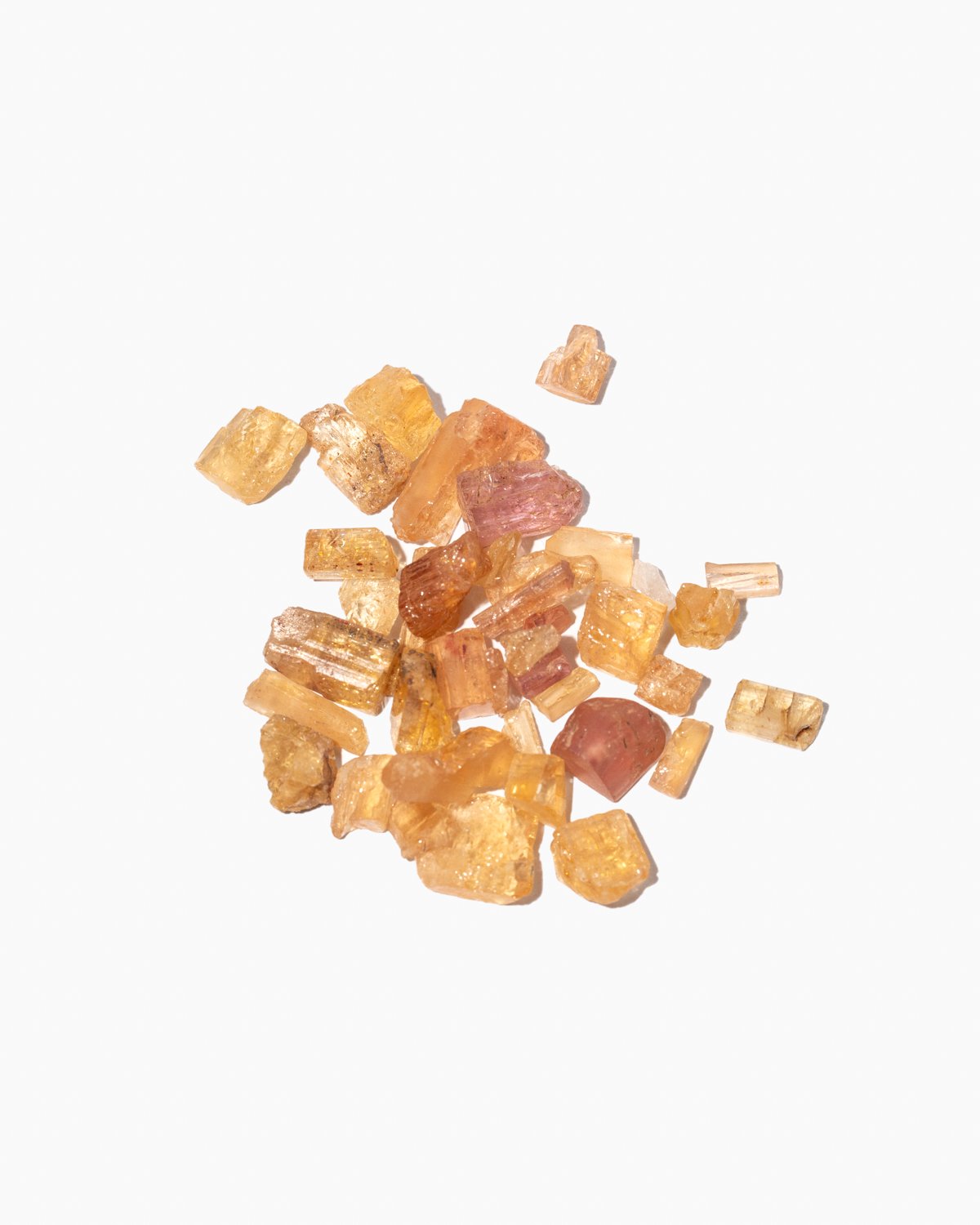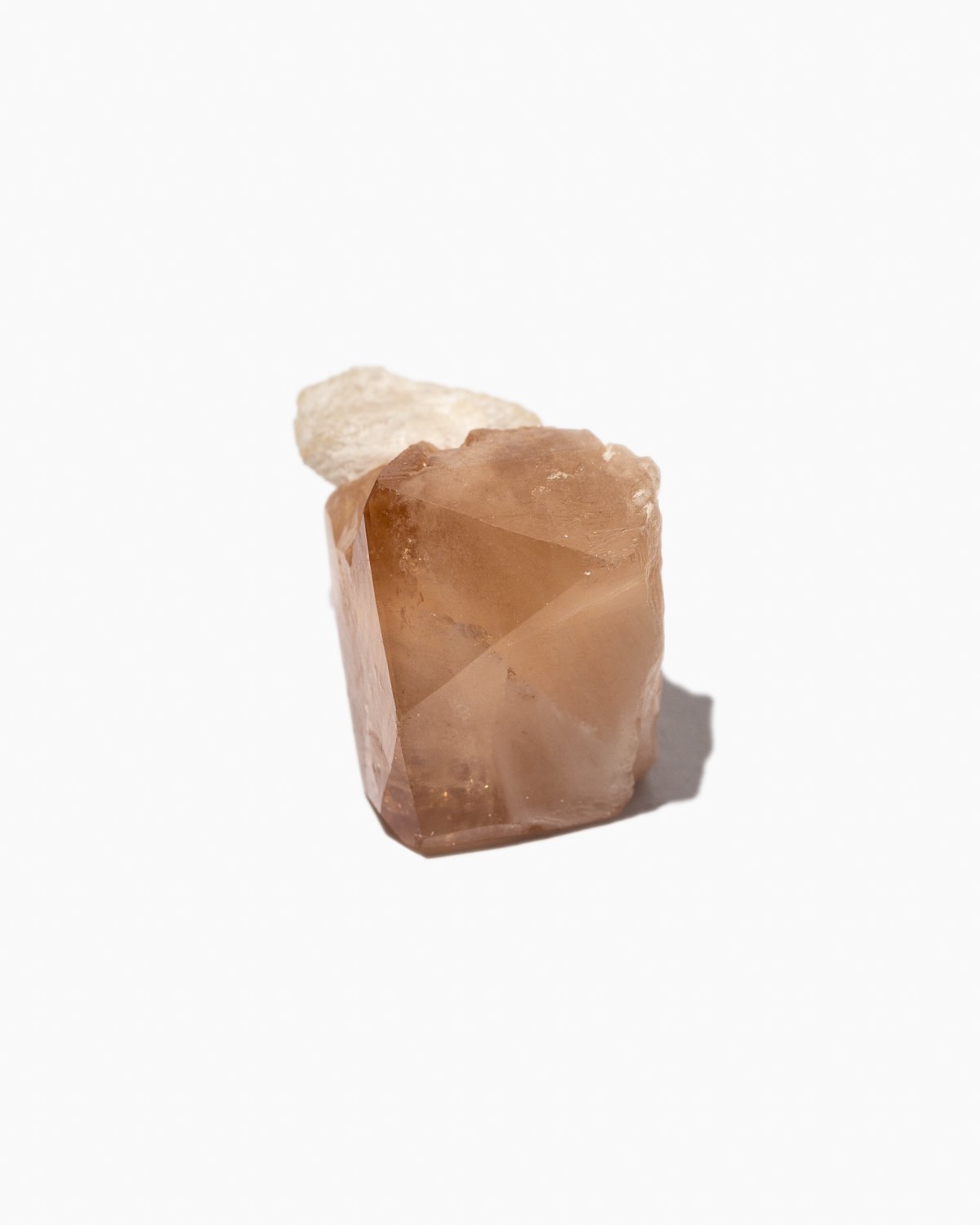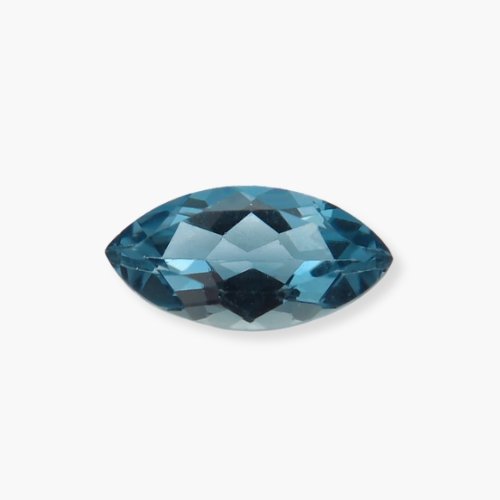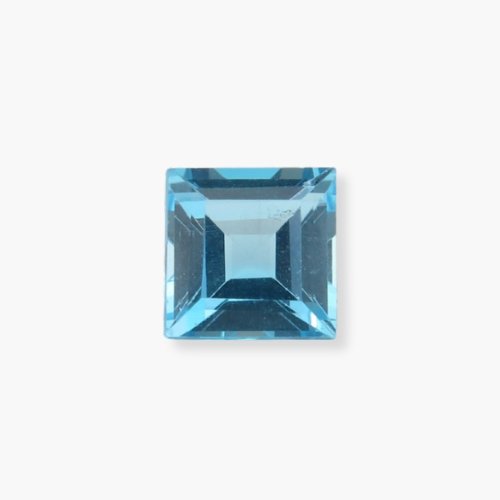Topaz
About
Topaz is a versatile and popular gemstone known for its wide range of colours, from colourless and yellow to blue, pink, and green. Its colours are often due to trace elements or treatments. Found in pegmatite and high-temperature quartz veins, topaz crystals can grow in impressive sizes and are known for their excellent clarity and brilliance. Major sources of topaz include Brazil, Pakistan, Russia, and the United States.
Birthstones & Anniversaries
Topaz is the birthstone for November and is traditionally given for the 4th and 23rd anniversaries, symbolising strength, love, and abundance.
Crystal Healing Energy
The overarching theme of topaz is inspiration and clarity. Topaz is believed to bring mental clarity, confidence, and joy. Its energy is said to help with manifesting intentions, enhancing creativity, and relieving stress. Different colours are associated with specific energies: blue topaz is known for calm communication, golden topaz for self-confidence, and pink topaz for emotional balance and healing.
Facts
Colour Variety: Topaz naturally occurs in a wide range of colours, though blue topaz is often created through treatment, as natural blue topaz is rare.
High Hardness: With a Mohs hardness of 8, topaz is durable and suitable for most types of jewellery.
Historical Significance: Topaz has been valued since ancient times, often associated with protection and healing.
Major Sources: Brazil is the leading producer of topaz, particularly yellow and colourless varieties, while Pakistan is known for pink topaz.
Distinct Cleavage: Topaz has perfect cleavage in one direction, meaning it can split easily along certain planes, requiring careful handling in jewellery.
Science
Mineral: Topaz
Crystal System: Orthorhombic
Chemistry: Al₂SiO₄(F,OH)₂
Colour: Colourless, blue, yellow, pink, green, brown, red, orange
Refractive Index: 1.609 to 1.637
Birefringence: 0.008 to 0.011
Specific Gravity: 3.49 to 3.57
Mohs Hardness: 8
TreatmentsMany topaz stones undergo treatment to enhance their colour. Blue topaz is usually irradiated and heat-treated to achieve its different hues, while some yellow and pink topaz may be heat-treated to intensify colour. Colourless topaz may also be coated to produce "mystic" topaz, which displays rainbow-like colours.
SyntheticsSynthetic topaz is not commonly produced due to the availability of natural topaz and the ease of enhancing colourless topaz with treatments. However, synthetic imitations, especially for blue and mystic topaz, are occasionally created with glass or other materials.
ImitationsCubic zirconia, glass, and other less expensive materials are sometimes used as imitations for topaz. Mystic topaz imitations, made by coating glass or quartz, are also common.
similar materialsAquamarine: A blue variety of beryl often mistaken for blue topaz, though it is typically lighter and has a different crystal structure.
Citrine: A yellow variety of quartz that can resemble yellow topaz but is softer and generally has a lower price.
Spinel: Available in similar colours to topaz, though it has a different crystal system and lacks the unique colour zoning found in some topaz.
Topaz Gallery

Small crystals from Brazil

Crystal from Pakistan

London Blue Colour

Swiss Blue Colour
Why We love Topaz
DurableIts hardness makes topaz ideal for rings, earrings, and other jewellery pieces intended for frequent wear.
affordableTreated blue topaz is widely available, making it an affordable option for vibrant gemstone jewellery.
Variety of ColoursWith hues spanning from golden yellow to deep blue, topaz can suit a wide range of personal styles.

